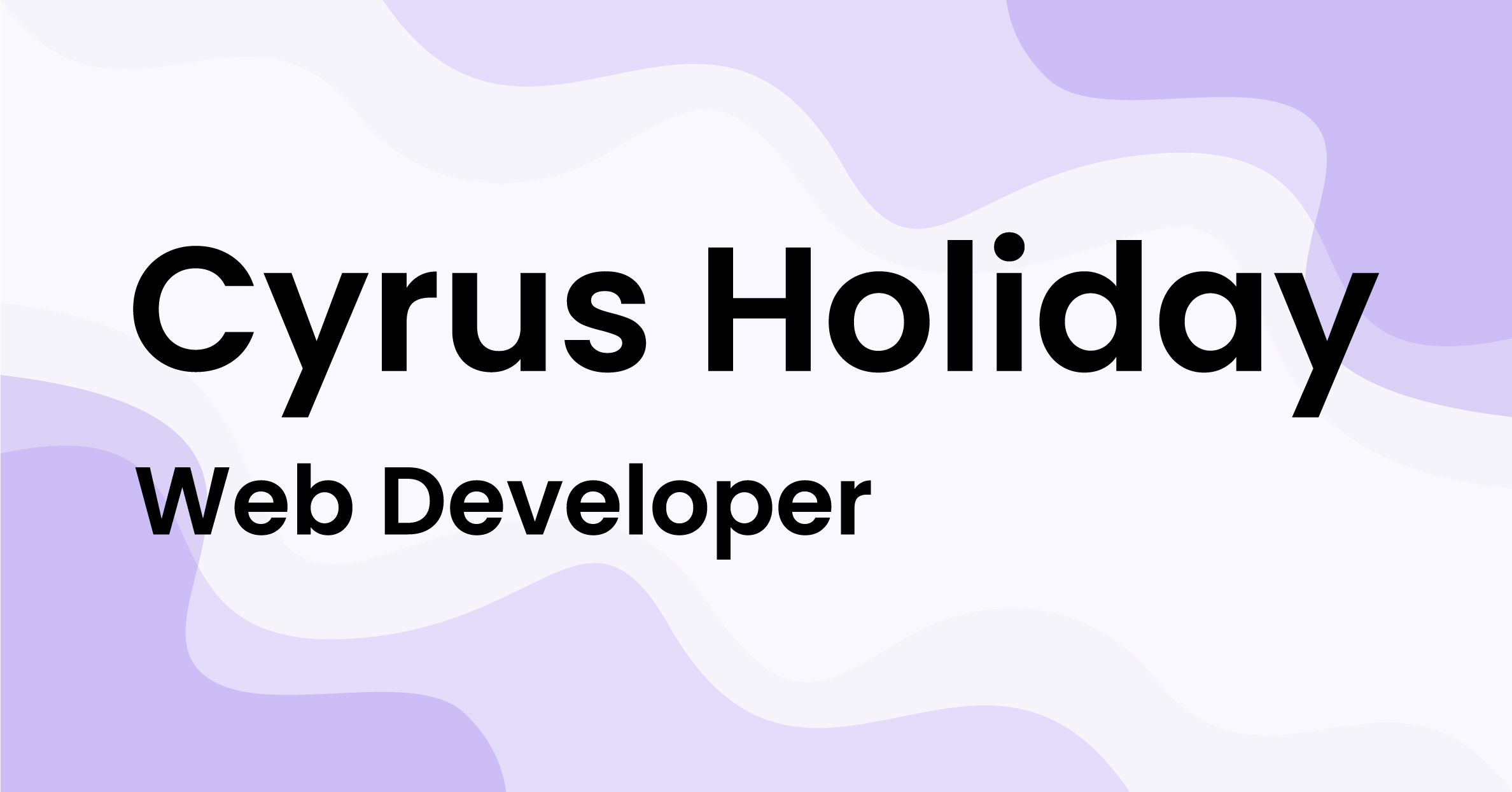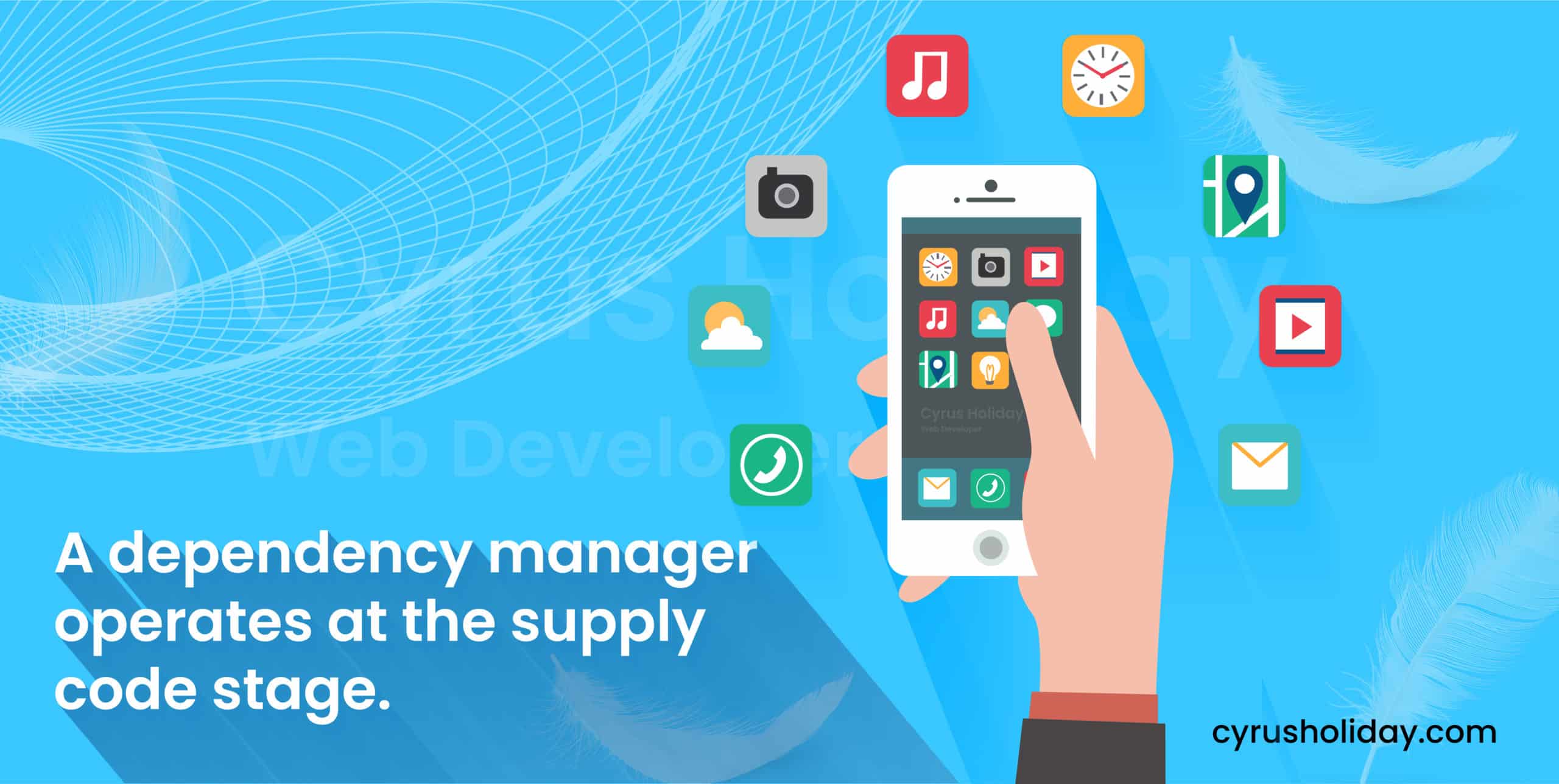

Good practice in software design is to construct software from smaller, single-reason modules that expose well-defined interfaces. This is additionally inside the spirit of software program reuse. Businesses need to hire full stack developer like me to undertake benefits. With the good-sized adoption of open-source software programs, often our very own applications or modules rely on those written using others. Accordingly, to build our software program we want to usher in all elements on which it depends, consisting of language libraries and remote third-party modules.
However it’s now not trivial to ensure that I have all necessary dependencies, particularly whilst dependencies themselves depend upon others. That is why I want a dependency supervisor, frequently invoked throughout the software construct system. But if I tell you the simple definition of dependency management then it is defined as-
It is known as the technique for resolving, declaring, and also the using dependencies required by the project in an automated way.
But specific questions arise among businesses and even the experts working on the project. Isn’t a dependency manager the same as a package manager?
A package manager operates at the system level and most customarily offers binaries. Its position is to install libraries, tools, and different packages. It impacts the entire device and is no longer just one challenge. Due to this, it calls for root to get admission.
Examples of package deal managers are apt-get (Linux), brew (macOS), and chocolatey (home windows).
A dependency manager operates at the supply code stage. It is a position to set up the proper dependencies for a selected software. It consequently implies that a dependency supervisor is something utilized by developers, no longer users or device admin.
Thus, a dependency manager is mission precise. It enables easy control of venture dependencies. It has to make certain that equal source code is used across environments, for example, when shifting from a windows developer device to a Linux production system. There needs to be given up-to-quit visibility of dependencies. A dependency supervisor is crucial for non-stop integration.
A software artifact that is applied to the business is depending upon various factors. Depending on the language, modules are also referred to as applications or libraries. Modules include metadata to indicate dependencies.
A file that usually captures a particular realization of the developer’s intent and here I ensure to capture the best.
A place wherein modules are saved. Often reports are far away and accessed over the internet. The dependency manager usually knows the location of the repo but the location can also be unique within the show-up document.
Regulations are implemented by the dependency supervisor to reach a suitable module model. Choosing the proper model is called a dependency decision.
Being a full stack developer I undertake all of the required components to develop a definite product.
The role of dependency managers is to bring together all necessary project dependencies before passing them to compilers or interpreters. In simple words, their work is to preprocess the phase before the actual phase happens. I know that not all must be aware of everything about PDM, but when you will get deep into the system then you will slowly and gradually be into the phase.
Being into the role of dependency manager I start with the aid of studying the manifest file, wherein direct dependencies are stated. Later read the metadata of these dependencies from their repositories to parent out the next stage of dependencies. In different instances, download the dependencies right away and then manner their dependencies.
Either way, all dependencies should be downloaded and installed. Exact installed variations of dependencies are recorded in a lock file. At the same time as the manifest record is vital for a developer, the lock file has extra importance for operations folks. The lock report makes the venture’s dependencies reproducible in any environment.

There are different purposes that can be specified by a dependency manager like me. Here I will help you to know what purpose I consider or undertake. Whenever there are dynamic numbers specified in the manifest files, those of a range of versions and it is dependent upon the environment or the latest version available.
I believe that dynamic number versions are good because they allow me to bring the latest features and even patches of dependent modules in my project. In turn this causes the uncertainty for continuous integration and production release. To clear up this, versions used are recorded in a lock record. This lock document ought to be devoted to version management so that everybody else using the mission is assured to use the identical versions.
The purpose of dependency managers is to help developers like me develop a consistent and reproducible set of dependencies for their projects. In turn, I believe it should be easy to use, have well-defined behaviors, and even a hook for customization. Besides this, i does have some essential features like:
This can be explained with the help of examples like yarn using flat mode while NPM builds a dependency tree.
It handles transitive dependencies and even resolves the well-defined set of rules.
Make use of lock files to reproduce exact versions.
Allow specific versions of the same bundle. This is enabled by way of defining extraordinary configurations or organizations, along with build vs checking out.
Here caches download packages for fast updates and even parallel downloads.
Ensures good community support and also adoption with frequent updates as well.
But there is a question as to which language dependencies are mostly used?
Accordingly, the study revealed that 6. 9 million variations of open source applications throughout 14 repositories showed that npm and CPAN have better dependency counts; all others have 5 or fewer dependencies, on average.
NPM (is committed to making JavaScript development elegant, productive, and safe) and CPAN (Comprehensive Perl Archive Network) is a repository of over 250,000 software modules, and also have a larger spread. In popularity, the better they rely on, the more complex the dependency graph.
At the same time as the usage of 0. 33-celebration packages save improvement time, there are additional dangers in phrases of protection, licensing, and performance. Application health depends on all dependencies that we bring in.
Each repository contains programs of a particular language: npm (javascript), cpan (perl), rubygems (ruby), maven (java), packagist (hypertext preprocessor), cargo (rust), atom (javascript), pub (dart), cran (r), pypi (python), nuget (. Internet/c#/f#/visual primary), elm (elm), hex (erlang), dub (d). Libraries. Io tracks open supply programs across specific repositories.
There are different libraries and languages to which dependency managers can work. At present time it is very essential to pick up the best languages, framework and in turn deliver the best results to your business. If you want to get started with a super lightweight dependency manager with your application then it is the time for you to stop thinking and reach me. Being a freelance full stack developer I can easily help you to get started with the best outcomes with my expertise.
We deliver unique and blended experiences to our customers across the globe. From idea to execution and launch, we do ALL.
Our ServicesOrder Now
2 Comments
Gary · July 29, 2022 at 7:04 am
I enjoyed reading this and found it to be extremely useful. Thanks for posting it.
Herry · July 29, 2022 at 7:14 am
pretty intriguing, excellent work, and thanks for sharing this great blog.